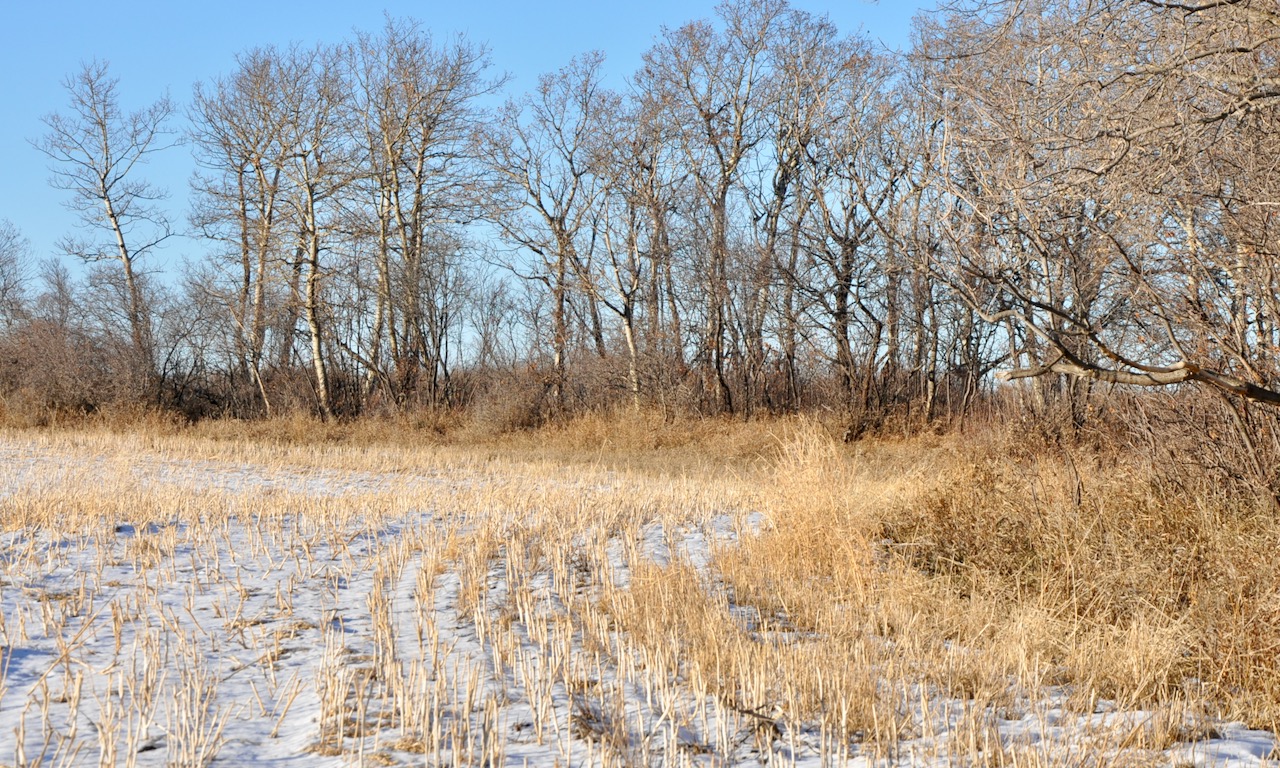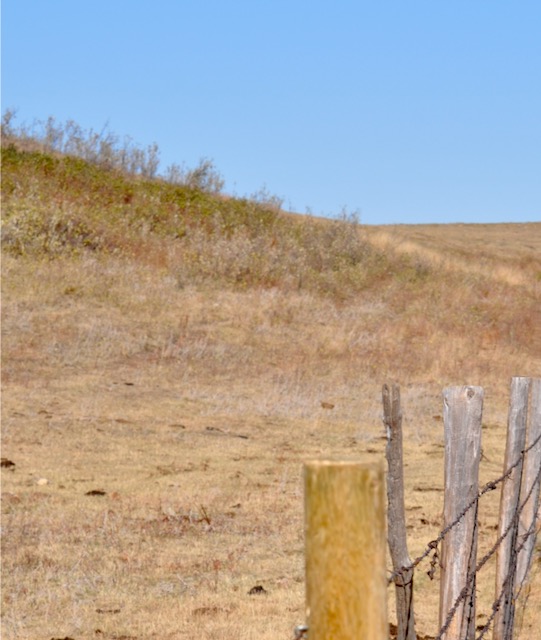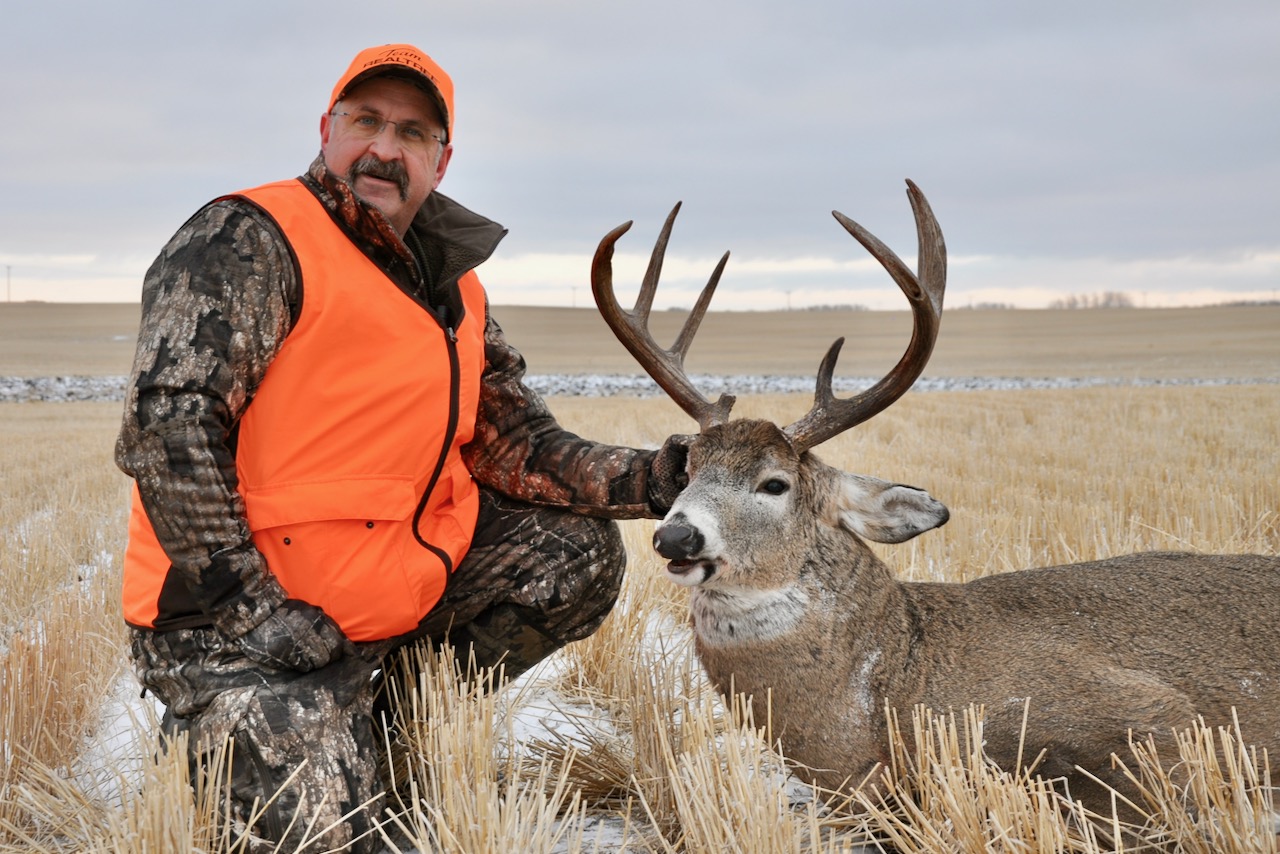HOME ON THE RANGE
For a unique and challenging hunt, set your sights on the giant whitetails of the Prairies
Advertisement

SPOTTING
The prairies are so vast that choosing a place to start your hunt can feel overwhelming. To narrow it down, begin at the highest vantage points among the rolling hills and valleys in your hunting area. The best glassing spots will allow you to see for several kilometres as you search for feeding fields and bedding areas used by whitetails.
Arrive at your vantage point well before sunrise, and make sure the headlights from your vehicle or headlamp don’t shine across the prairies and give you away. Once in position, continue to stay hidden. Try to blend in with the environment, and avoid standing out against the skyline. Once the sun peeks above the horizon, you can begin glassing the fields below for deer activity.
Advertisement
At dawn, some deer will run back to cover, while others slowly meander along as they return from a night of feeding. On some days, especially when the weather is calm or the rut is in full swing, the deer will be on their feet and visible for an hour or more after daybreak. On other days, such as when it’s windy, the action may only last a few minutes.

To find more deer, don’t scan haphazardly. Instead, follow a grid pattern to ensure you cover the entire area below you. Repeatedly return to check the same grids, since deer on the move can suddenly appear in an area you’ve already scanned. I like to scan using binoculars, and once I spot a deer, I use my spotting scope to get a better look. If it’s not a buck you want to go after, go back to scanning with your binoculars. If it’s a solid deer worth trying for, however, watch very closely to see where it goes. Once you’re confident of where the deer has bedded, make a plan to go after it.

